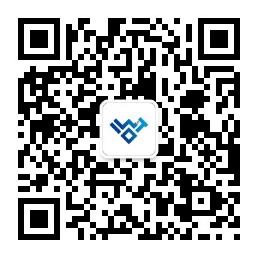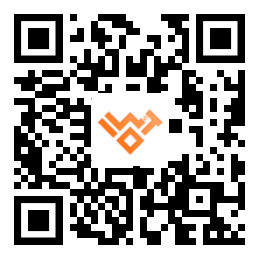2017 marks a new era for massive commercial use of China's narrowband IoT
The year of 2017 marks a new era for massive commercial use of China's NB-IOT, according to the Annual Report on the Development of China's Internet of Things (2016-2017).
The report, compiled by Jiangsu Center of China Economic Information Service, will be released in Wuxi on September 1, 2017, as one of the important events of the forthcoming World Internet of Things Exposition 2017.
The report indicates that since 2016 China's three major operators have been focusing their deployment on the narrowband IOT (NB-IOT) while equipment manufacturers are proactively taking part in this drive.
China Telecom is steadily advancing the deployment of NB-IOT and has advantages over the other two operators in terms of its coverage (IOT services can be provided in any place where a mobile network is available), spectrum quality (stronger signal penetrability and better coverage due to the 800MHz-based low frequency carrier), speed for commercial use (the commercially available NB-IOT was pioneered by China Telecom together with the release of the charging and package standards). In May 2017, China Telecom built the first commercially available NB-IOT with the greatest coverage in the world.
China Mobile is deploying NB-IOT and eMTC simultaneously. It has taken the lead to complete the end-to-end NB-IOT lab test and deployed resources in multiple cities for building the NB-IOT and eMTC commercially available networks on a trial basis. In 2017, it launched the eSIM NB-IOT communication module M5310 with the smallest size. As of May 2017, the number of connections to China Mobile IOT had exceeded 120 million, making China Mobile the largest IOT service provider in the world.
China Unicom has started pilot testing of the narrowband IOT in over 10 cities such as Shanghai, Beijing, Guangzhou and Shenzhen. In May 2017, its Shanghai branch became the first one to complete the deployment of a global area network and built the world's first NB-IOT for trial commercial use. However, due to great limitation by spectrum, over 80% of China Unicom's NB-IOT base stations were deployed in the 1800MHz band with a small coverage.
The three major operators are also proactively promoting the construction of the NB-IOT open platform in China. For example, China Telecom cooperates with 12 organizations, including Qualcom, Huawei, ZTE, to found Tianyi IOT Industry Ally; China Mobile has entered into strategic cooperation with Mobike and Huawei, and the three parties will conduct in-depth cooperation in innovating the application of the narrowband IOT; and China Unicom is introducing Jasper to jointly develop the IOT platform and has established an NB-IOT open lab in Shanghai.
As such companies as Huawei, China Mobile successively released NB-IOT terminal chips, conditions for massive commercial use of the NB-IOT in China were substantially met. Currently, the NB-IOT has already been put into pilot use in cities and districts like Shanghai, Qingdao, Xiong'an New District, Yangzhou, etc. and trial use is also being sequentially promoted in Hainan, Hunan, Shijiazhuang, etc.



